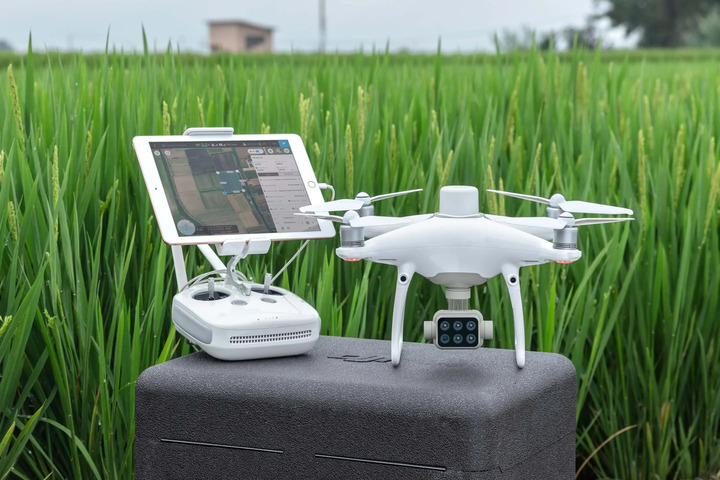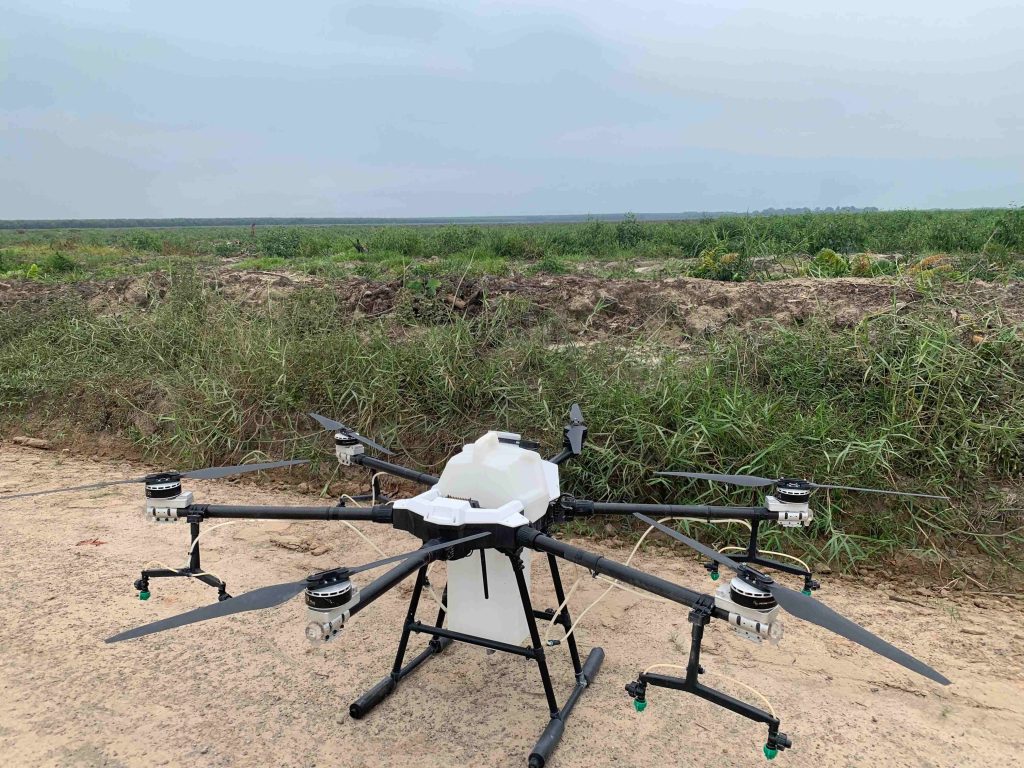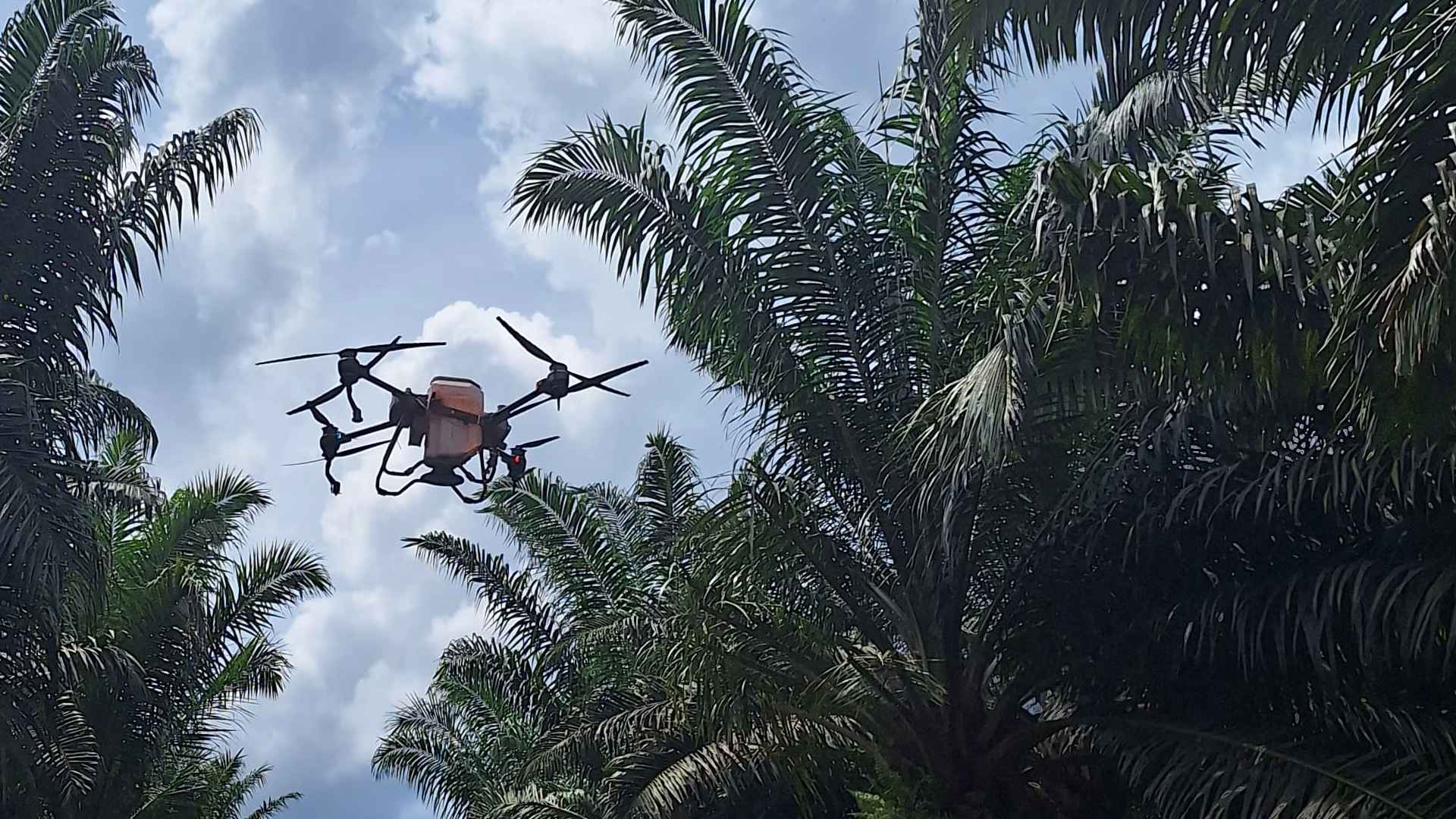Selecting the ideal agricultural drone can be challenging due to the many options available. Each type of agricultural drone is tailored to meet specific requirements and comes with different payloads to improve your farming operations. These payloads may include high-resolution cameras for capturing images, real-time sensors for monitoring soil health, and sprayers for ensuring uniform fertilization. These tools are essential for optimizing efficiency and productivity in farming. Understanding these payload options and their associated costs is crucial in maximizing your investment while staying within budget. This guide is here to help you explore the various payload options for agricultural drones, including their fees, and to help you make an informed and cost-effective choice.
Unlocking the Power of Agricultural Drone Payloads
Understanding the different agricultural drone payloads is not just a helpful tool but a crucial one that empowers you to harness the full potential of these technologies. These payloads, including high-resolution cameras, multispectral and thermal sensors, LiDAR systems, and precision sprayers, are designed to enhance the capabilities of the drone. Knowing their functionality is crucial in deciding which payload best suits your needs.
Choosing the wrong payload can lead to significant issues such as inaccurate data collection, resource wastage, and ineffective problem-solving. These potential pitfalls underscore the importance of selecting the correct payload, which can significantly impact your farming activities. The urgency of this decision cannot be overstated.
3 Different Types of Agricultural Drone Payloads
High-Resolution Camera Payloads
High-resolution camera payloads are about more than just capturing images. They’re about saving time and increasing productivity. These cameras take clear aerial photos of fields, revealing crops’ health and growth patterns. You can quickly survey large areas and spot problems like pests, diseases, or water deficiencies. Early detection allows for prompt action, keeping crops healthy and increasing yields. Additionally, using these images, you can track field conditions over time, making informed decisions based on solid visual data.

Multispectral Sensor Payloads
Multispectral sensor payloads capture data beyond what is visible to the naked eye, detecting specific light wavelengths crucial for assessing plant health. These sensors help identify changes in vegetation, such as chlorophyll levels and water usage. This information supports precision farming, enabling targeted water, fertilizer, and pesticide applications. Multispectral sensors are vital for using resources efficiently, reducing waste, and promoting sustainable agriculture. They also create detailed vegetation health maps, track crop health, and predict yields while reducing your environmental footprint.
Spray Mechanism Payloads
Spray mechanism payloads are essential for treating crops with precision. These payloads consist of sprayers that accurately apply fertilizers, pesticides, and herbicides. Unlike traditional ground sprayers, drones can quickly cover large areas and reach challenging terrains. Accurate application reduces the risk of overuse and environmental harm, saving money and improving crop health. Spray mechanism payloads are especially useful for controlling pest outbreaks and providing essential nutrients during crucial growth stages, ensuring crops are at their best.

Conclusion
In summary, integrating advanced payloads in agricultural drones represents a significant leap forward in modern farming. These technologies streamline operations and empower you with precise data and efficient tools to maximize crop yields and sustainability. For instance, the use of high-resolution cameras has allowed you to quickly identify and address crop health issues, leading to healthier crops and increased yields.
Investing in the correct payloads tailored to your specific needs can transform your farming practices, making them more efficient and environmentally friendly. As we continue to embrace these innovations, the future of agriculture looks brighter, promising increased productivity and more competent resource management. Choosing a suitable UAV payload for agriculture is more than a wise business decision. It’s a step toward a more sustainable and prosperous farming future.

